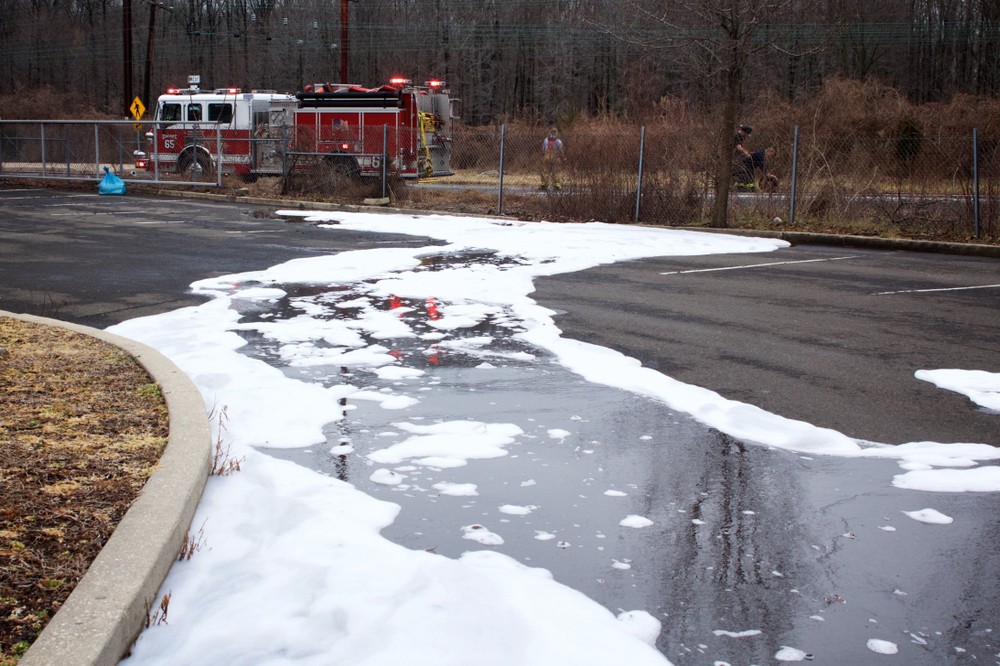It’s urgent to act on PFAS—but how? New study proposes global roadmap
Despite decades of research on PFAS (per- and polyfluoroalkyl substances), effective actions to reduce harm from these highly persistent chemicals are still lagging. A study published today in the peer-reviewed journal Environmental Science & Technology proposes new approaches to break the logjam of “paralysis by analysis” and move forward in reducing the production and use of PFAS.
“Knowledge deficits are often put forward to delay concrete measures,” stressed co-author Dr. Martin Scheringer. “But we already know enough about the harm being caused by these very persistent substances to take action to stop all non-essential uses and to limit exposure from legacy contamination.”
“A striking feature of PFAS is how they can cause harm to so many systems within our bodies – our livers, our kidneys, our immunity, our metabolism,” Dr. Linda Birnbaum, Scientist Emeritus and former Director of the National Institute of Environmental Health Sciences, noted. “One path forward proposed in this study is to link up all of the research tools – biomonitoring, epidemiology, animal studies, in vitro studies, computer modelling, etc. – to help us understand the consequences of our exposures.”
The study highlights gaps in information that act as barriers to tackling the “PFAS problem”, and proposes a practical research and policy agenda. For example, scientists still do not know how much PFAS have been produced globally, which means major “hotspots” of PFAS contamination are probably being missed. Since industry often avoids providing basic information on specific PFAS produced and in what volumes, scientists must act as detectives to put together emissions estimates and track PFAS contamination.
“It is critical to prioritize our efforts so as not to be overwhelmed by the magnitude of the problem,” stressed Dr. Carla Ng, lead author of the feature article. “This paper identifies where focus is needed to effectively minimize environmental and human exposure to PFAS.”

“It is critical to prioritize our efforts so as not to be overwhelmed by the magnitude of the problem. This paper identifies where focus is needed to effectively minimize environmental and human exposure to PFAS.”
The last question is also the most urgent: who pays the costs of PFAS contamination? Because industries are often located in poorer areas, the burden of PFAS is often borne by the most disadvantaged. Though these highly persistent chemicals are produced by only a limited number of companies, the pollution they produce is distributed globally. With this pollution comes enormous costs to human health and the irreversible deterioration of natural resources, including drinking water.
The study proposes an actionable agenda for researchers and policymakers around the world to move forward to reduce non-essential use of PFAS, to stop human and environmental exposure from getting worse, and to more equitably distribute the associated costs.
# # #
Press contact: Dr. Carla Ng, Assistant Professor, Civil & Environmental Engineering, University of Pittsburgh, Pittsburgh, PA 15261, (412) 383 – 4075, www.pitt.edu/~carlang, @Ng_lab
“Addressing Urgent Questions for PFAS in the 21st Century,” by Carla Ng, Ian T. Cousins, Jamie C. DeWitt, Juliane Glüge, Gretta Goldenman, Dorte Herzke, Rainer Lohmann, Mark Miller, Sharyle Patton, Martin Scheringer, Xenia Trier, and Zhanyun Wang. Environmental Science & Technology (2021), https://doi.org/10.1021/acs.est.1c03386


